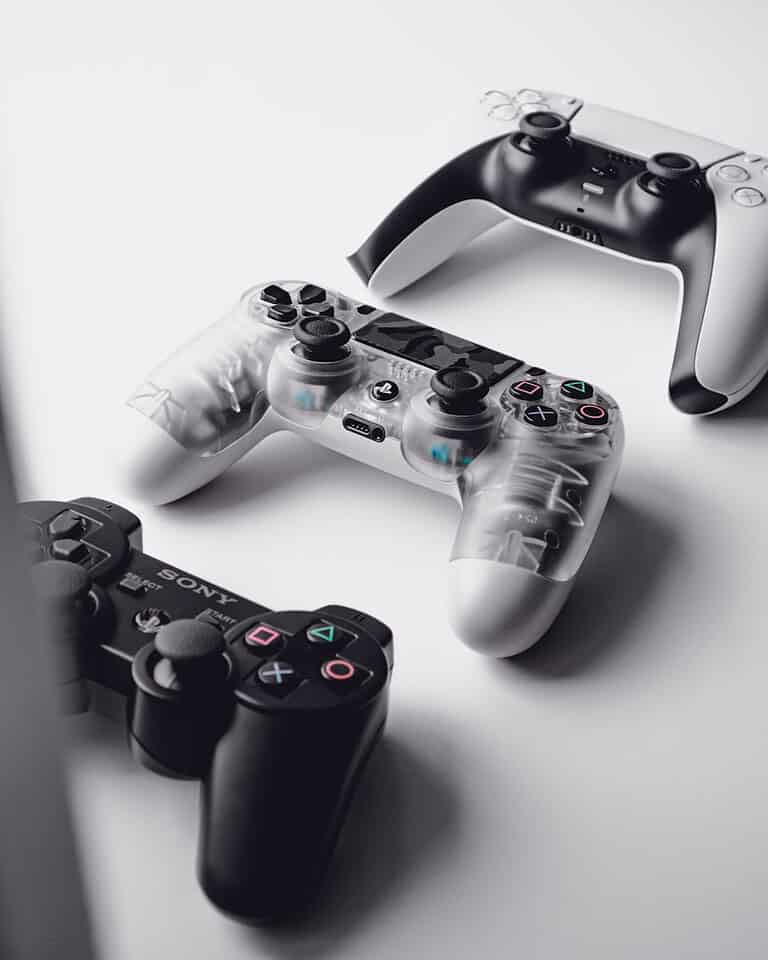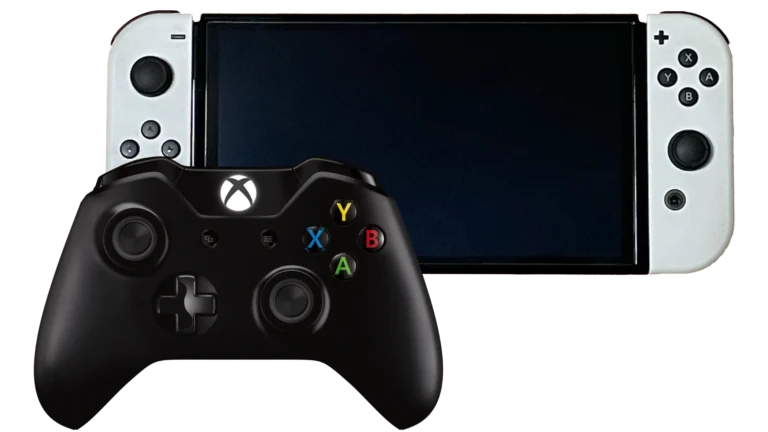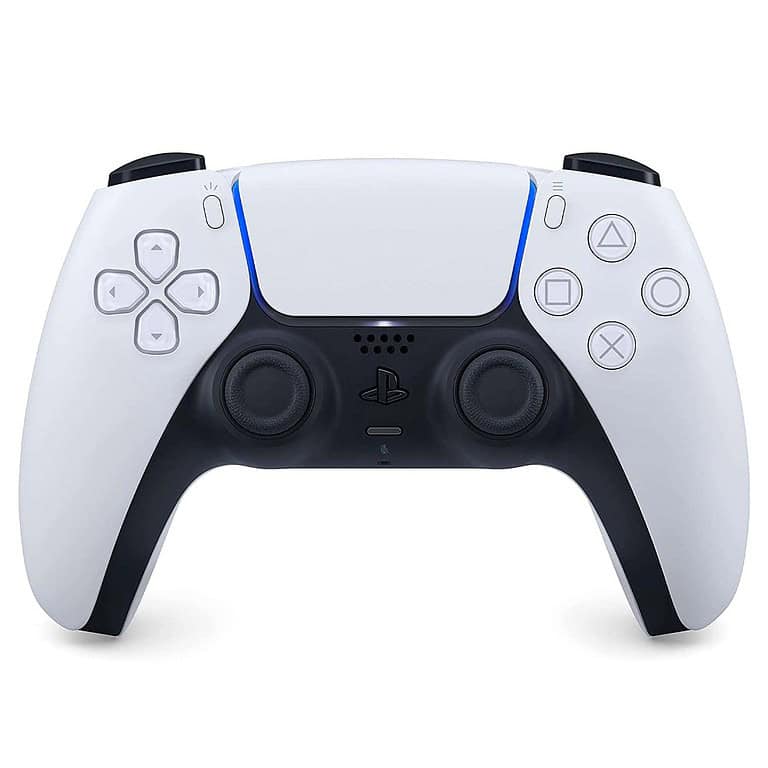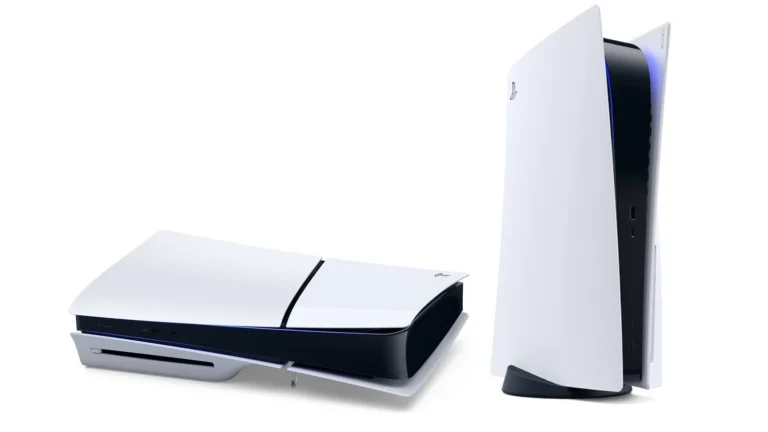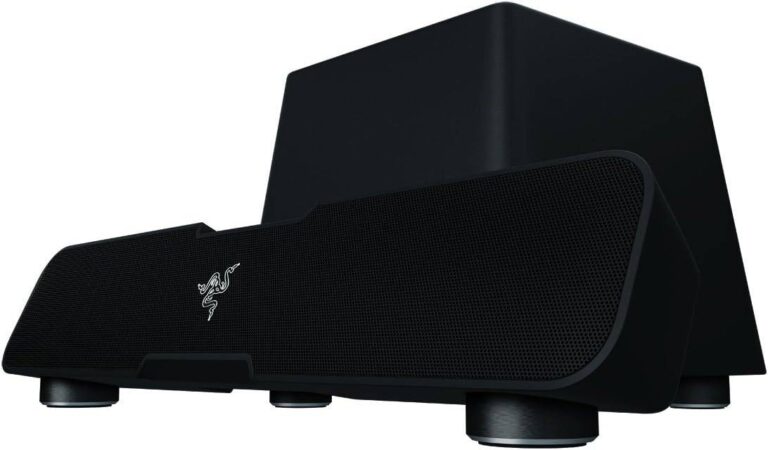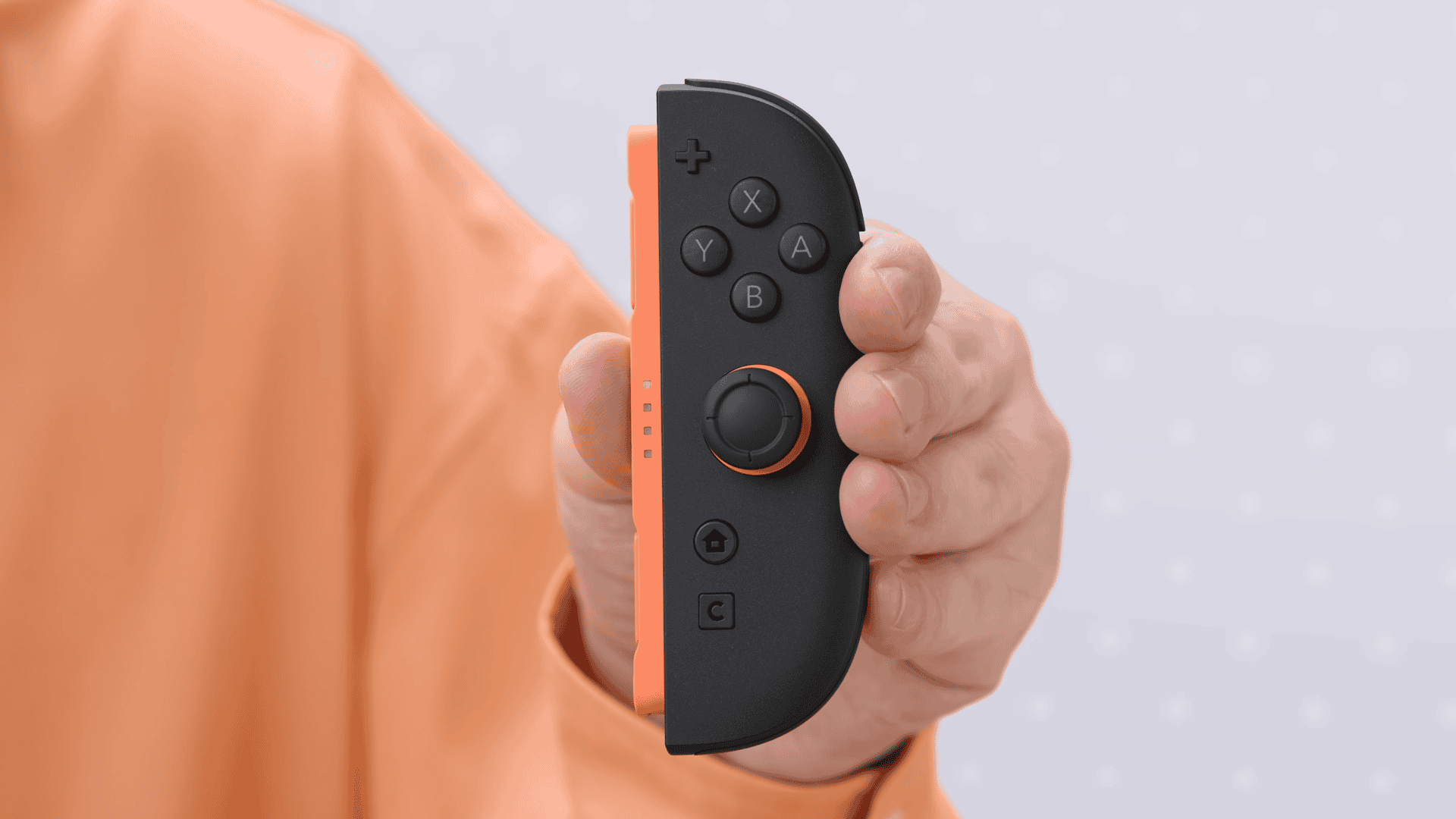
Nintendo is no stranger to experimenting with hardware, and with the upcoming Switch 2, the company is pushing boundaries once again. One of the standout features of the new console is “Mouse Mode,” a surprising innovation that transforms the Joy-Con 2 controllers into functioning optical mice. This isn’t just a novelty—it could redefine how players navigate the system UI, play certain games, and interact with the console altogether.
How Mouse Mode Works
Each Joy-Con 2 is embedded with an optical sensor that tracks movement across flat surfaces—similar to how a traditional computer mouse operates. When activated, users can physically slide the Joy-Con across a table or desk to move an on-screen cursor with precision. Rotating the controller 90 degrees enables a vertical grip, somewhat like using a vertical mouse, which some users have found intuitive.
Importantly, the transition into Mouse Mode doesn’t require any system toggles or menu diving. It activates automatically based on movement and orientation, while still allowing access to the joystick and buttons for hybrid control. This dual-mode input means the Joy-Con can act as a mouse while retaining traditional gamepad functions.
Supported Games & Real-World Use Cases
Nintendo has already confirmed several games that will support Mouse Mode at launch, showcasing its potential beyond basic menu navigation:
- Drag x Drive – A competitive 3v3 wheelchair basketball game where each Joy-Con controls a wheel. The mouse-like input offers nuanced movement, mimicking real-world propulsion with tactile feedback.
- Bravely Default: Flying Fairy HD Remaster – The remastered RPG introduces mini-games and interface elements that take advantage of the precise control Mouse Mode offers, especially in puzzle and crafting systems.
- Mouse Work – A whimsical party game from Nitrome, built entirely around Mouse Mode. It features fast-paced mini-games where players flick, drag, and click using Joy-Con movement in ways similar to desktop arcade-style games.
Beyond games, Mouse Mode also enhances system-level navigation. In the Switch 2’s home menu, the mode allows for point-and-click interaction, which can feel faster and more intuitive than joystick scrolling—especially when browsing the eShop or inputting text.
Reception So Far: Innovative or Awkward?
Early hands-on impressions have been mixed. Some gamers and developers have praised Nintendo for trying something fresh, especially given the Joy-Con’s legacy of motion controls and modularity. Strategy game developers, for instance, see promise in bringing real-time strategy (RTS) and point-and-click genres to the platform with greater ease.
However, there are ergonomic concerns. Because the Joy-Con was not originally designed for gliding on surfaces, longer play sessions in Mouse Mode have led to reports of wrist discomfort and awkward hand positions. Some testers describe the experience as similar to using a mini vertical mouse—clever in short bursts but fatiguing over time.
There’s also talk that Nintendo or third parties may introduce accessories like Joy-Con “mouse sleeves” or pads to make this feature more ergonomic. That could go a long way in addressing current usability concerns.
The Bigger Picture for the Switch 2
Mouse Mode is part of a broader set of new features that aim to make the Switch 2 a more versatile console. It aligns with Nintendo’s goal of combining intuitive physical interaction with traditional gaming inputs. While it won’t replace conventional controls, it could pave the way for new types of gameplay and accessibility.
As more developers explore how to implement Mouse Mode, its potential could expand dramatically—especially in educational titles, RTS games, and creative apps. With the Switch 2 set to launch on June 5, 2025, we’ll soon see whether this experimental feature is a gimmick or a breakthrough.
Key Takeaways
- The Switch 2 Joy-Con controllers feature mouse functionality that works in either hand with automatic switching between control modes.
- Users can simultaneously use standard button controls while utilizing the mouse mode for a hybrid control experience.
- Early reviews show mixed opinions about comfort during extended use, suggesting the feature may work better for casual rather than intensive gaming sessions.
Switch 2 Mouse Mode: Overview and Setup
The Nintendo Switch 2’s innovative Mouse Mode transforms how players interact with the console, offering precision control similar to a traditional computer mouse. This feature represents a significant advancement in Nintendo’s control schemes, particularly for genres that benefit from precise pointer controls.
How Mouse Mode Works on Nintendo Switch 2
Mouse Mode on the Nintendo Switch 2 uses the Joy-Con 2 controllers in a unique way to simulate mouse movements. When activated, players can use the Joy-Cons to control an on-screen cursor with remarkable precision. The system tracks the motion and position of the controllers to determine cursor placement.
Players can see this functionality in action on the home menu of the Switch 2, where the cursor moves in response to Joy-Con movements. The technology appears to use advanced motion sensors to create smooth tracking.
For movement in games, players can push both Joy-Cons forward to move ahead and pull them back to reverse, creating an intuitive control scheme that mimics physical movement.
Enabling and Configuring Mouse Controls
To enable Mouse Mode, users need to access the system settings on their Nintendo Switch 2. The feature can be activated through the controller settings menu, where several configuration options are available.
Players can adjust sensitivity, cursor speed, and button mapping to customize the experience to their preferences. These settings allow for personalization based on game type and individual playing style.
The Nintendo Today App provides a helpful walkthrough of accessing these settings. The interface allows users to test their mouse mode settings before jumping into games, ensuring comfortable control.
For households with younger players, the parental controls can also limit or modify Mouse Mode functionality, providing appropriate access for different age groups.
Supported Games and Compatibility
The Mouse Mode feature is particularly beneficial for first-person shooters and strategy games that traditionally perform better with mouse controls. Games like Dusk are expected to take full advantage of this control scheme.
Not all Nintendo Switch 2 games support Mouse Mode, but the list of compatible titles is growing. Developers are actively working to implement this feature in both new releases and updated versions of existing games.
Some games offer hybrid control schemes where traditional button controls can be used alongside Mouse Mode functionality. This flexibility allows players to choose their preferred method or combine approaches for optimal gameplay.
Third-party developers have shown enthusiasm for the feature, with many planning to incorporate Mouse Mode controls in upcoming titles to enhance precision and immersion.
User Experience, Privacy, and Online Features
The Nintendo Switch 2’s mouse mode brings new considerations for how players interact with games and services. Privacy concerns, online integration, and performance impacts are key factors that shape the overall experience.
Online Connectivity and Nintendo Switch Online Integration
The Switch 2’s mouse mode is designed to work seamlessly with Nintendo Switch Online services. Players can navigate the subscription service’s interface using either Joy-Con 2 controller in mouse mode, making it easier to browse through Nintendo 64 games and other retro offerings.
The feature allows for quicker navigation through digital games libraries and online stores. Users report that the mouse functionality makes typing messages in game chat significantly more efficient than using traditional controller inputs.
Internet connection quality remains important for optimal performance. The system automatically adjusts mouse sensitivity based on connection stability to prevent frustrating lag during online play sessions.
Nintendo has confirmed that mouse mode works with all existing Switch Online apps, with specialized optimizations for the new hardware’s capabilities.
Privacy, Consent, and Personal Data Handling
The mouse mode sensors collect movement data that raises new privacy considerations. Nintendo has implemented consent mechanisms requiring players to explicitly approve data collection related to mouse movements before using the feature.
Personal data collected through mouse interactions is primarily processed locally, with minimal information sent to Nintendo’s servers. This approach helps protect user privacy while still enabling necessary functionality.
The geolocation data collection is strictly opt-in, allowing players to decide whether their location information is shared when using mouse mode in location-based games and services.
Content measurement related to mouse usage is anonymized before being analyzed. Nintendo uses this data to improve the feature’s responsiveness and accuracy across different surfaces.
Settings allow users to:
- Disable movement tracking when not actively using mouse features
- Limit data sharing with third-party developers
- Control which apps can access mouse functionality
Impact on Gameplay and Frame Rates
The mouse mode technology was engineered to have minimal impact on game performance. When both Joy-Con 2 controllers are used simultaneously in mouse mode, the system allocates dedicated processing resources to maintain smooth gameplay.
Tests show that most games maintain stable frame rates even with mouse mode active. Nintendo’s optimization ensures that the feature draws minimal system resources when in use.
Games specifically designed for the Switch 2’s mouse capabilities show the best performance. Titles like “Wheel Spin Racing” demonstrate how developers can use both controllers in mouse mode simultaneously without sacrificing visual quality.
Some graphically intensive games may experience minor frame rate dips when using mouse controls in complex 3D environments. Developers have access to tools that help optimize their games for mouse mode integration.
Frequently Asked Questions
The Nintendo Switch 2’s mouse mode introduces several innovative control options that change how players interact with games and the system interface. Many users have specific questions about its functionality and how it compares to other input methods.
How can functionality be toggled between different input modes on gaming mice?
The Switch 2’s mouse mode transitions happen automatically without requiring any button presses or system settings changes. This instant switching between modes creates a seamless experience for users moving between different control schemes.
Players do not need to manually toggle between standard Joy-Con controls and mouse mode functionality. The system detects when mouse-like input is needed and makes the adjustment accordingly.
What are the advancements in control schemes for the latest gaming consoles?
The Switch 2’s mouse mode represents a significant departure from traditional console control schemes. Players can now use both Joy-Con 2s simultaneously in mouse mode, dragging them forward to move in a way that mimics computer mouse controls.
This innovation builds upon motion controls from previous generations while creating a more precise input method for certain types of games. The mouse-like functionality appears directly on the home menu, suggesting deep system integration.
In comparison with its predecessor, what improvements does the new console offer in terms of user interface?
The Switch 2 introduces a mouse pointer function directly in the home menu interface, allowing for more precise navigation than the original Switch. This represents a significant UI advancement that acts exactly like a computer mouse rather than just being motion-controlled.
The interface appears designed with this dual functionality in mind, accommodating both traditional button navigation and mouse-like precision inputs. This flexibility potentially makes the system more accessible to different user preferences.
How does the new console’s input mechanisms compare to those of other portable gaming devices?
The Switch 2’s mouse mode implementation differs significantly from other portable gaming devices, which typically rely on touchscreens or traditional buttons. Unlike most competitors, the Switch 2 creates a mouse-like experience using the Joy-Con controllers themselves.
This approach presents some ergonomic challenges, as the controllers offer a thin, flat wedge that may not provide enough purchase where needed. This contrasts with the more standardized control schemes found on other portable systems.
What are the steps to configure alternative input devices for the latest gaming console?
The current information about configuring alternative input devices for the Switch 2 remains limited. Based on hands-on impressions, the optimal setup for using mouse mode involves sitting or standing at a table, which provides the stability needed for precise movements.
Nintendo has not yet released detailed information about third-party compatibility or configuration options for alternative input methods. This may become clearer as the console approaches its official release.
Are there any compatibility issues with using non-traditional control methods on the new console?
Some early reports suggest potential ergonomic incompatibilities with the mouse mode implementation. Critics note that the Joy-Con 2s may simultaneously not provide enough purchase where needed while digging into users’ hands in uncomfortable ways.
The ideal physical setup for mouse mode appears somewhat limited, suggesting potential compatibility challenges for players with different play styles or environments. More information about compatibility with third-party controllers or accessibility devices will likely emerge closer to launch.

